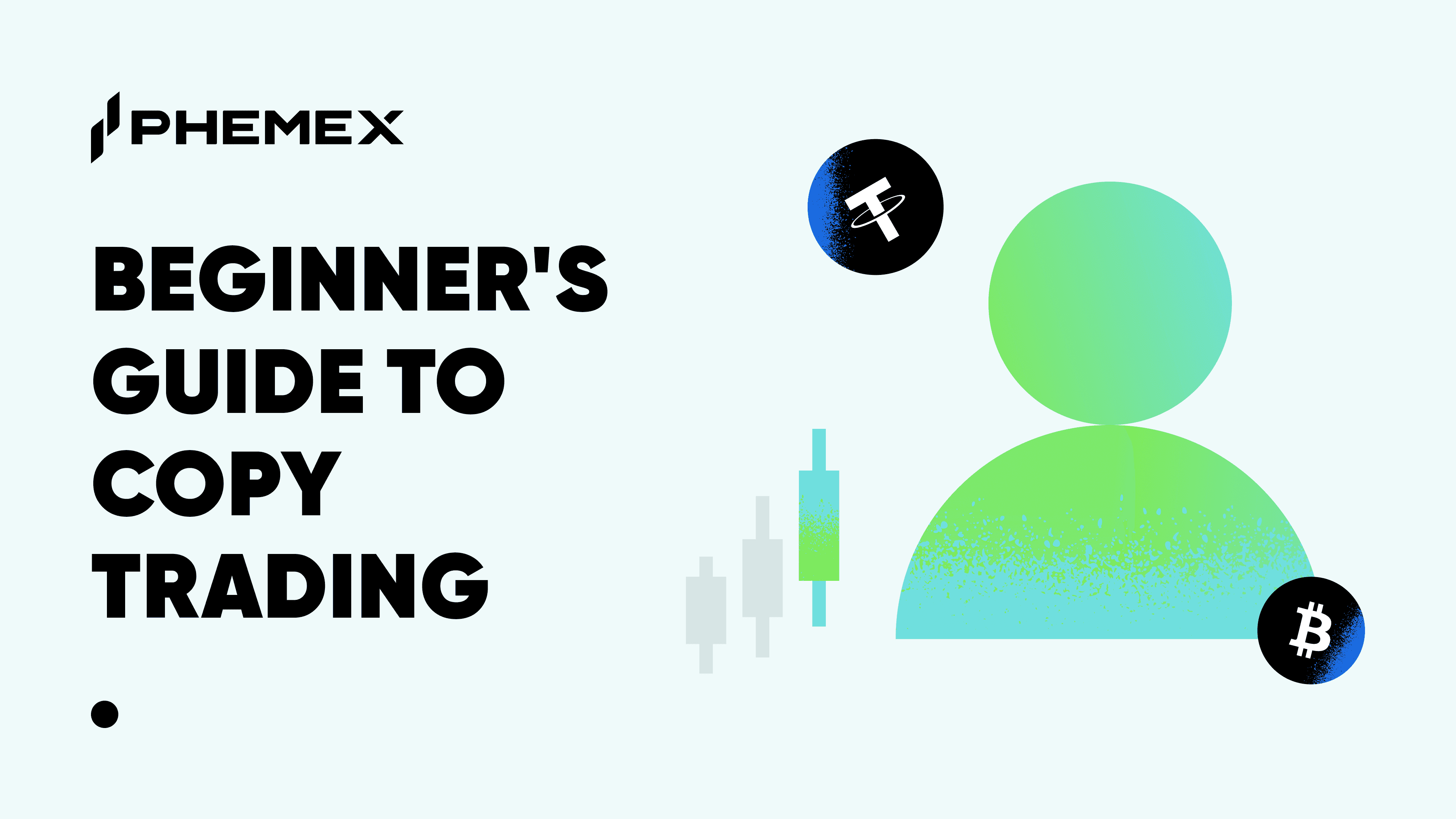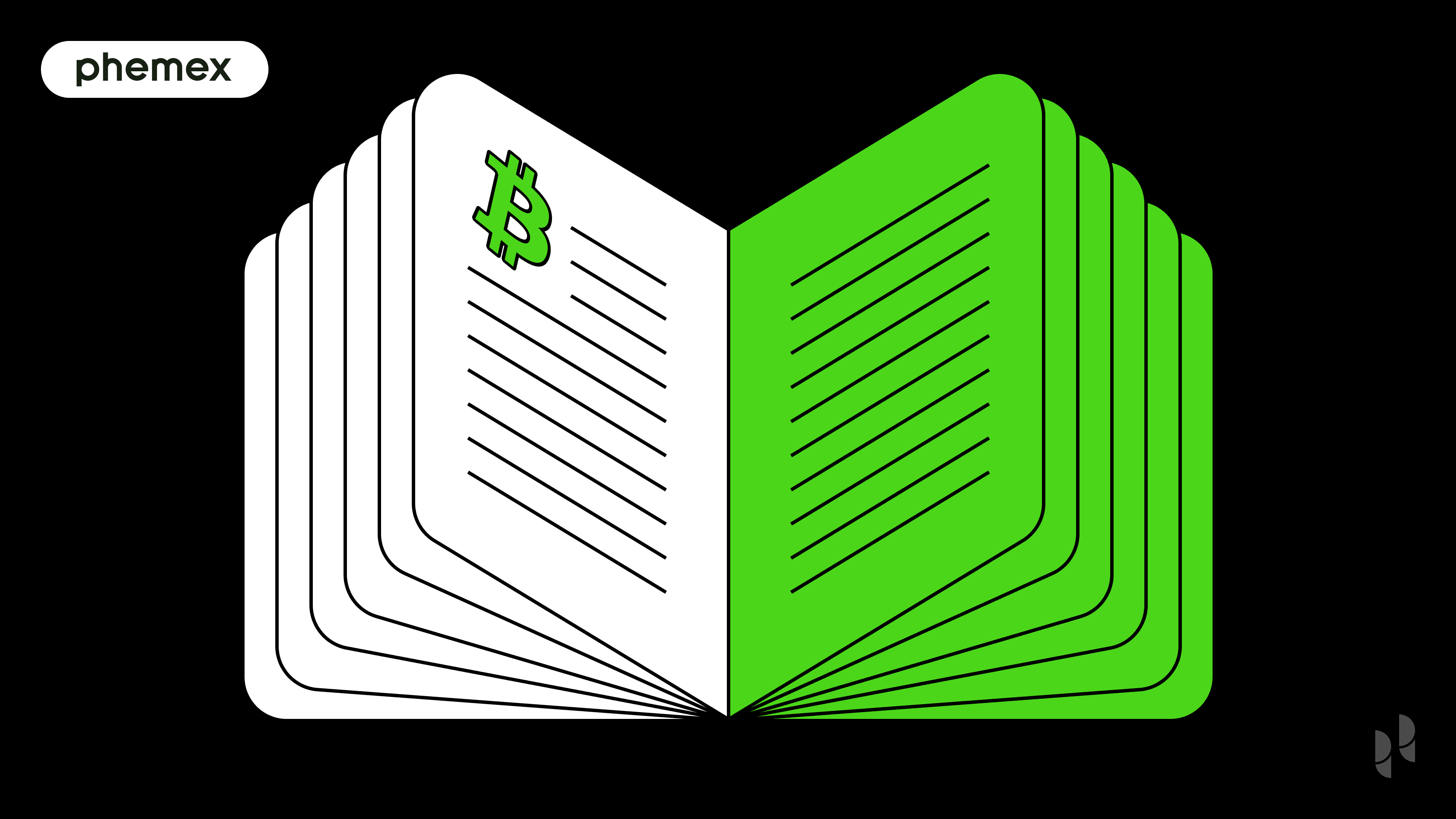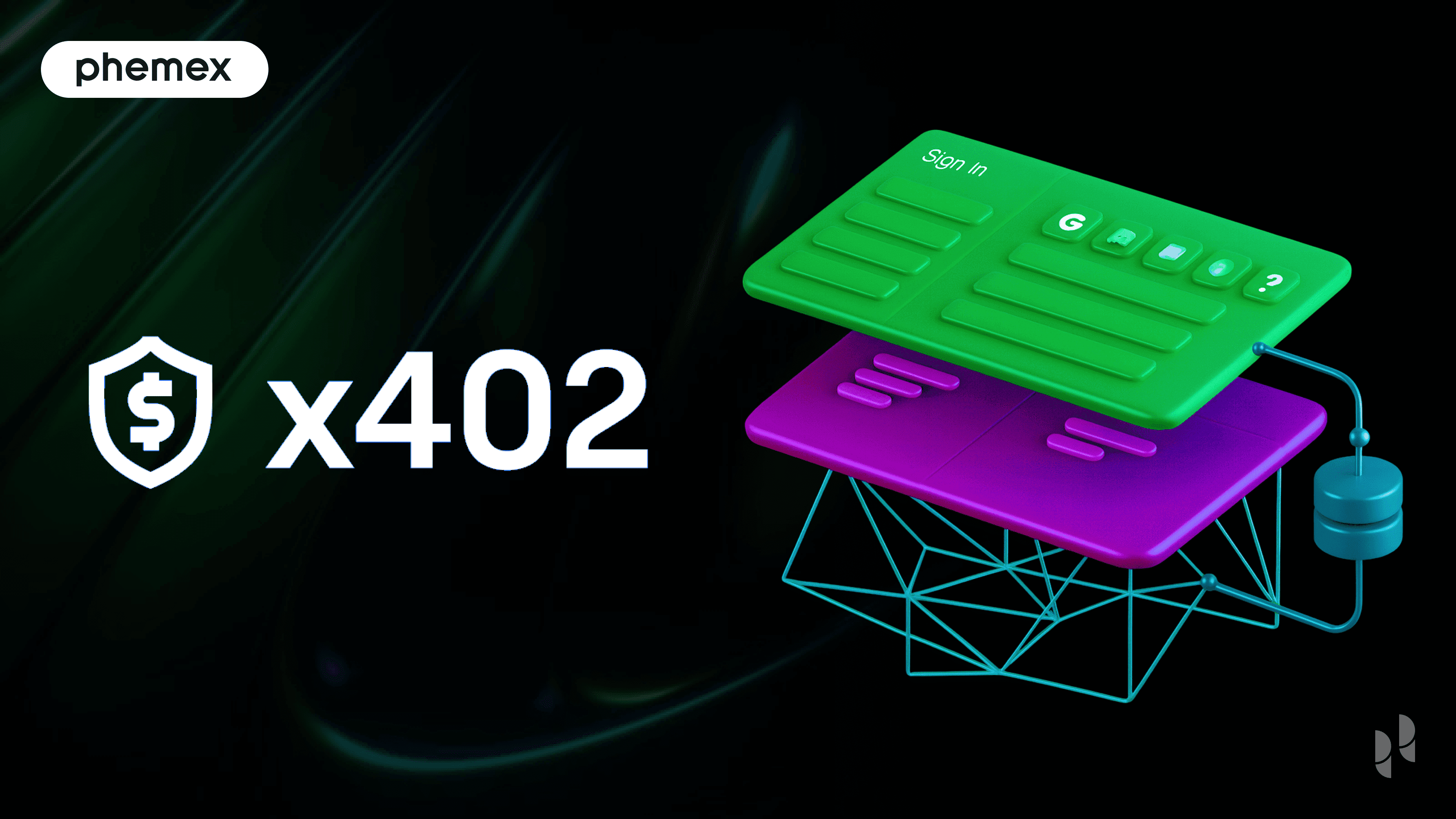Tokenomics involves the metrics and context that traders use to analyze a project before investing in it. Most of the characteristics that make up a crypto’s tokenomics are usually found in websites like CoinMarketCap and CoinGecko, and project whitepapers. The most common aspects of tokenomics are the token type, the market cap, the token supply, the incentive model, and the token distribution model.

What is Tokenomics?
The term “Tokenomics” combines the words ‘token’ and ‘economics’ to describe the framework that determines the internal economy of blockchains, and their interaction with the external world. It refers to the balance of rewards, penalties, token quantity, and token issuance schedule, which determines the exchange value of crypto assets. On the other hand, the term “cryptoeconomics” is a subset of tokenomics that solves the incentive issues, with an emphasis on the mathematical approach to networks. Although tokenomics includes the tokens and the tokenization ecosystems, it does not involve the broader blockchain networks, protocols, and cryptocurrencies.
What Are The Types of Crypto in Tokenomics?
Various aspects of tokens define their classification in Tokenomics.
Layer 1 and Layer 2 tokens
The token structure of a project can be classified into two different types, which are Layer 1 and Layer 2 tokens:
- Layer 1 tokens are used to power all services on the Layer 1 blockchain. For example, Ether on Ethereum (ETH) network are Layer 1 tokens.
- Layer 2 tokens are decentralized applications(DApps) built on top of the main underlying Layer 1 blockchain. For example, OMG tokens are Layer 2 tokens for a decentralized project named OmniseGO built on the Ethereum (ETH) network (Layer 1 blockchain).
Security Tokens and Utility Tokens
Besides the token structure, the tokenomics divide tokens based on their usage. The tokens are usually divided into security tokens and utility tokens:
- Security tokens are investment contracts. They derive their value from external, tradable assets. Security tokens are deemed securities after they pass the Howey test. The process of issuing security tokens is called an STO (Security Token Offering). To hold an STO, the token must be registered with the relevant financial market authorities. As it is under regulation, the security tokens are less vulnerable to fraud.
- Utility tokens provide value to investors by giving users access to a product or service. Companies sell utility tokens in ICOs (Initial Coin Offering). These tokens can be used as payment on the platform developed by the issuing company. Take note that utility tokens are not securities, and they generally do not pass the Howey test.
Fungible and Non-fungible Tokens
Besides token structures and token usage, the type of tokenized assets is also a component of tokenomics. There are two types of tokenized assets, namely fungible and non-fungible assets. The main difference between fungible and non-fungible tokens (NFTs) is their interchangeability.
- Fungible tokens‘ value lies in the token utility. They are used as payment due to their fungibility. For example, Bitcoin (BTC), the most popular settlement currency, is a fungible token as it is divisible.
- Non-fungible tokens, in contrast, are usually collectibles and indivisible. For example, the CryptoKitties are NFTs where each token cannot be divided and are non-interchangeable. These NFTs obtain their value from being unique or scarce.
Market Cap and Tokenomics
The market capitalization of a project’s token refers to the entire amount of funds that have been invested in the crypto project so far. Market capitalization is basically the token price multiplied by the number of tokens in the circulating supply. Other than the price, the market cap is another metric that traders use to determine an asset’s stability and value compared to other cryptocurrencies. The market cap indicates the growth potential of a cryptocurrency and whether it is safe to buy.
The market cap of a cryptocurrency in some ways reflects the popularity of a coin over the longer term. Generally, large-cap cryptocurrencies are less volatile and are usually safer investments compared to mid-cap and small-cap projects. On the other hand, mid-cap cryptos are more volatile but also have a lot more growth potential. Small-cap cryptocurrencies are quite similar to mid-cap cryptocurrencies but are drastically volatile where the potential for the price to grow or crash is equal.
What Is The Token Supply?
The token supply refers to the number of tokens for a project. Some projects’ tokens are designed to be generated over time or all at once and then gradually distributed. No matter which approach is taken, the supply of cryptocurrencies involves the circulating supply, the total supply, and the maximum supply.
The circulating supply is the number of tokens that have been issued so far and are currently in circulation.
- The total token supply is the number of tokens that exist at present, excluding the burned token.
- The max supply is the maximum number of tokens that can ever be generated. Some tokens may not have a maximum supply and will continuously be generated.
What Are The Available Incentives?
Public blockchains, such as Bitcoin (BTC) and Ethereum (ETH), operate on the assumption that humans are motivated to earn more money to improve their quality of life. Hence, they incentivize people with tokens to entice them to interact and maintain the blockchain networks. Some of the main incentives for users and miners include mining rewards and transaction fees.
- Mining Rewards are a specified amount of cryptocurrency that miners get after successfully mining a particular block in a specified blockchain. Projects use a series of mechanisms to secure their networks, such as the proof of work (PoW) and proof of stake (PoS) algorithms. Each type of algorithm has its mining method and mining rewards rate.
- Transaction fees are fees that a project uses to compensate miners and validators that help process transactions. The fees come from the users, where users that are in a rush to have their transaction processed tend to include a higher transaction fee.

What Are Token Distribution And Price Stability Mechanisms?
The token distribution method is also a part of tokenomics. There are two ways that a project can distribute their crypto tokens, they are either released with a fair launch or pre-mined.
- A fair launch is when a cryptocurrency is mined, owned, earned, and governed by the entire community where the public has no early access to the tokens and there are no private allocations. Some of the examples of a fair launch include Dogecoin (DOGE) and Litecoin (LTC). Projects that distribute their tokens to as many participants as possible are potentially the ones that genuinely care about further development and decentralization.
- Pre-mining is a process where a number of crypto tokens are distributed among exclusive addresses like those belonging to project developers before going public. Pre-mining is carried out to remunerate developers to ensure the project’s ongoing participation but is normally frowned upon if it does not observe reasonable limits. Most heavily pre-mined cryptocurrencies have either sunken or been revealed as scams, such as Auroracoin (AUR) and Paycoin (XPY). Therefore, pre-mine can be a marker to determine if the founder just wants to make a quick buck and exit immediately.
There are also price stability mechanisms that are utilized based on the principle that a token’s price is affected by supply and demand. A burning mechanism involves destroying or burning tokens. This means sending tokens to an address that no one has the private keys to, rendering the tokens un-spendable. Therefore, burnt tokens are no longer in circulation, which helps in stabilizing token prices. If token destruction is done in an ad hoc manner, the project should be viewed with suspicion as it is highly possible that the project is not decentralized.
Besides burning tokens, locking up tokens is also one of the price stability mechanisms. Locked-up tokens are not part of the circulating supply. Token lockups, or a vesting period is defined to end after the launch of a cryptocurrency, so no team members or investors will be able to access their tokens before the lockup period ends. This motivates the team to work for the project and not end up selling their holdings right after launch.
What Are The Available Tokenomics Models?
There are two types of tokenomics models: an inflationary or deflationary model.
Inflationary Tokenomics Model
The inflationary tokenomics model closely resembles traditional monetary by adding more tokens in circulation. This model is efficient in sustaining the value and incentivizing network participation. Most proof-of-stake (PoS) tokens like ETH are inflationary to reward the validators and delegators in the network. However, there is a possibility that tokens without a capped supply could lead to excess inflation and eventual devaluation of a token.
Deflationary Tokenomics Model
With a deflationary tokenomics model, tokens are removed from circulation through the burning mechanism. The supply of tokens is limited to retain value. The downside is that the limited supply of tokens to be mined may incentivize users to hoard their assets instead of using them, which may cause the tokens to go out of circulation and lose their value.

Conclusion
Tokenomics involves factors that help traders analyze an asset’s future worth. The factors that come into play when understanding tokenomics include how many tokens should be issued and distributed, how market capitalization may indicate growth, as well as determining token supply, types of incentives the tokens offer, and so on. Token design mostly hinges on factors like usage, usability, and value. These factors also determine how users are likely to use the tokens and acquire them. For example, if the use case is very compelling, users would be motivated to acquire the tokens to use them. Besides tokenomics, there are other aspects to look at when valuing a crypto such as a project’s team and team members’ background, which can be found on social media or official blogs and websites. In addition, there are also past data such as token’s historical performance, use cases, and more.
Read More
- What Are Crypto Tokens? How Do They Work?
- Blockchain Analytics: 11 Free Crypto Research Tools You Need
- How to DYOR (Do Your Own Research): A Comprehensive Guide
- Asset Tokenization: Tokenize Real-World Assets on the Blockchain
- What is Cryptocurrency & How It Differs From Digital Cash
- What Are Non-Fungible Tokens (NFTs): Introduction to NFTs
- Crypto Trading vs. Investing: Key Differences Explained
- How To Do Crypto Research: The Best Ways to Get Started









